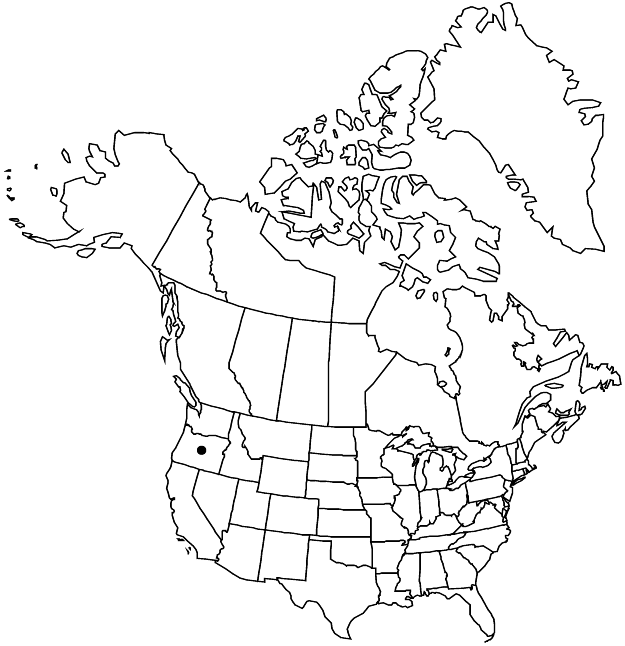Eremogone pumicola
Novosti Syst. Vyssh. Rast. 10: 140. 1973.
Plants tufted, green, not glaucous, slightly woody at base. Stems erect, 10–20 cm, stipitate-glandular. Leaves: basal leaves ± deciduous; cauline leaves (2–)3–5 of equal size distally; basal blades ascending to ± spreading, narrowly linear, 1.5–3.5 cm × 1–1.5 mm, ± flexuous, ± succulent, apex green, blunt or acute to apiculate, glabrous, not glaucous. Inflorescences 7–40+-flowered, ± open cymes. Pedicels 3–20 mm, stipitate-glandular. Flowers: sepals 1–3-veined, lateral pair obscure, ovate, 3–3.8 mm, 4–4.5 mm in fruit, margins broad, apex obtuse to rounded or barely acute, stipitate-glandular; petals white, narrowly spatulate, 6.6–7.5 mm, 2 times as long as sepals, apex rounded or emarginate; nectaries as lateral and abaxial rounding of base of filaments opposite sepals, 0.3 mm. Capsules 4.5–5.5 mm, glabrous. Seeds black to brown, oblong to pyriform, 1.8–2.4 mm, smooth to tuberculate.
Phenology: Flowering summer.
Habitat: Areas with loose pumice
Elevation: 1600-2800 m
Discussion
Eremogone pumicola is restricted to Crater Lake and vicinity, southwestern Oregon.
Selected References
None.
